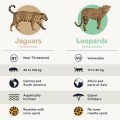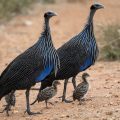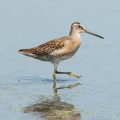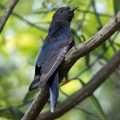Have you ever heard of the swamp rabbit? These fascinating creatures are found in the southeastern United States and are the largest species of rabbit in the region. With their distinct coloring, large size, and adaptable behavior, they make an interesting addition to any wildlife habitat.
Swamp rabbits have a unique coloration that helps them blend into their environment. They’re typically grayish-brown on top with white tips on their fur. The underside is usually white or gray and can sometimes have a yellow tinge. They’re also known for having smaller ears than other cottontail rabbits and coarser fur with a more yellow cast. In terms of size, swamp rabbits range from 452 to 552 mm (17.8 to 21.7 inches) in total length and 1900 to 2700 g (4.5 to 6 pounds) in weight (Chapman and Feldhamer 1981; Webster et al.).
Swamp rabbits have several adaptations that help them avoid predators, namely cryptic coloration, “freezing” when threatened, and rapid, irregular jumping patterns. Cryptic coloration helps them blend in with their environment by making it difficult for predators to spot them from a distance; similarly, if threatened they will freeze which makes them look like just anoher part of the landscape or vegetation around them! Lastly, when fleeing a predator they use rapid, irregular jumping patterns so it’s harder for predators to predict where they’ll go next – making it more difficult for them to catch these fast-moving critters!
Swamp rabbits are also hunted for both fur and meat as well as sport hunting – making them the second most commonly hunted rabbit species in all of North America! Fortunately though there are some regulations on hunting these animals so that populations aren’t over-hunted or depleted by excessive hunting practices.
All things considered, swamp rabbits are an intriguing species worth learning more about! Their distinctive features combined with their ability to survive in different environments make them an interesting animal to observe – especially if you’re lucky enough to find one near you!
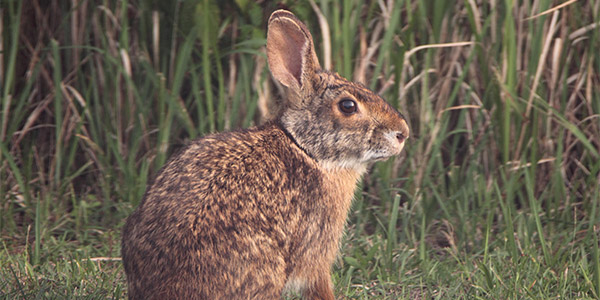
Differences Between Cottontail and Swamp Rabbits
The primary difference between a cottontail and a swamp rabbit is their size and appearance. The swamp rabbit is the largest member of the cottontail genus, with a larger overall size than other cottontails, smaller and rounder ears, coarser fur with a more yellow cast, and longer hind legs. The swamp rabbit has also adapted to its wetland habitat by having webbed feet to help it swim better. In addition, it tends to be more aggressive in defending its territory than other cottontails.
Exploring the Existence of the Swamp Rabbit
Yes, there is such a thing as a swamp rabbit. Swamp rabbits (also known as cane-cutters) are the largest species of rabbit in the southeastern United States. They typically measure between 452 and 552 mm (17.8 to 21.7 inches) in total length, and usually weigh between 1900 and 2700 g (4.5 to 6 pounds). Swamp rabbits have shorter legs than other rabbit species, which helps them move more quickly through swampy areas. Their fur is typically brown with white on ther underside, but can range from gray to black depending on the region they inhabit. They feed mainly on grasses, forbs and aquatic vegetation, but will also eat fruits and nuts when available.
Is Eating Swamp Rabbit Safe?
Yes, swamp rabbit can be eaten. It is a lean and flavorful meat that is often used in traditional dishes like gumbo or stew. Swamp rabbit meat is relatively low in fat and high in protein, making it a good choice for a healthy diet. Its fur is also commonly used for clothing and other items, such as hats and mittens. However, before consuming swamp rabbit meat, it is important to ensure that it has been properly prepared and cooked according to food safety standards.
Are Swamp Rabbits and Marsh Rabbits the Same?
No, swamp rabbits and marsh rabbits are not the same. Although they share a similar ecological niche, they are actually two distinct species that genetically differ from one another. Swamp rabbits (Sylvilagus aquaticus) are found primarily in the southeastern United States, while marsh rabbits (Sylvilagus palustris) inhabit marshes and swamps in the Northeast and alog the Atlantic coast. While both species feed on vegetation and small invertebrates, swamp rabbits prefer wetlands with dense vegetation while marsh rabbits tend to inhabit more open wetlands with low lying shrubs and grasses. In addition, swamp rabbits have a darker brown fur coloration than marsh rabbits which are usually grayish-brown or reddish-brown in color. Moreover, a 20 year old genetic study determined that swamp and marsh rabbits are closely related sister species; however, their ranges do not overlap suggesting that further research is needed to understand why this is the case.
Habitat of the Swamp Rabbit
Swamp rabbits typically prefer cool climates, and they are most active when the temperature is cool. They do not fare well in hot climates, as they can become dehydrated and overheat quickly. In areas with hot summers, swamp rabbits may remain inactive during the day and be more active at night or at dawn or dusk when temperatures are cooler. Therefore, a swamp rabbit generally lives in cold or cool climates, but it can survive in areas with hot summers if it has access to cool shelter.
The Origin of the Name ‘Swamp Rabbit’
The name “Swamp Rabbit” likely originated from the winding path it took through the swamps of the Reedy River. This nickname was given to the train due to its meandering journey through the marshy area. Additionally, some people believe that it was named after a type of small white rabbit that is native to this region and often found in swampy areas. The Reedy River is also home to other wildlife, such as beavers, egrets and turtles, which may have contributed to its designation as a “swamp rabbit”.
When Is It Unsafe to Eat Rabbit?
It is not advisable to eat wild rabbits or hares (or any other game animals) before the first hard frost of the year. This is because the meat may contain parasites that can cause food poisoning. The parasites can survive in warm temperatures, but will be killed when exposed to freezing temperatures. Freezing also helps to reduce the risk of bacterial contamination, so it’s best to wait until after the first hard frost before consuming rabbit meat.
The Dangers of Eating Rabbits During the Summer
Eating rabbits in the summer is not recommended due to the potential parasite infestation they can carry. During the warm months, parasites like fleas, ticks, and lice breed quickly and readily inhabit wild rabbits. Furthermore, these parasites can also be found inside of rabbits and can negatively impact your health if ingested. As such, it’s best to avoid eating rabbits during the summer months to reduce your risk of contracting a parasite-borne illness.
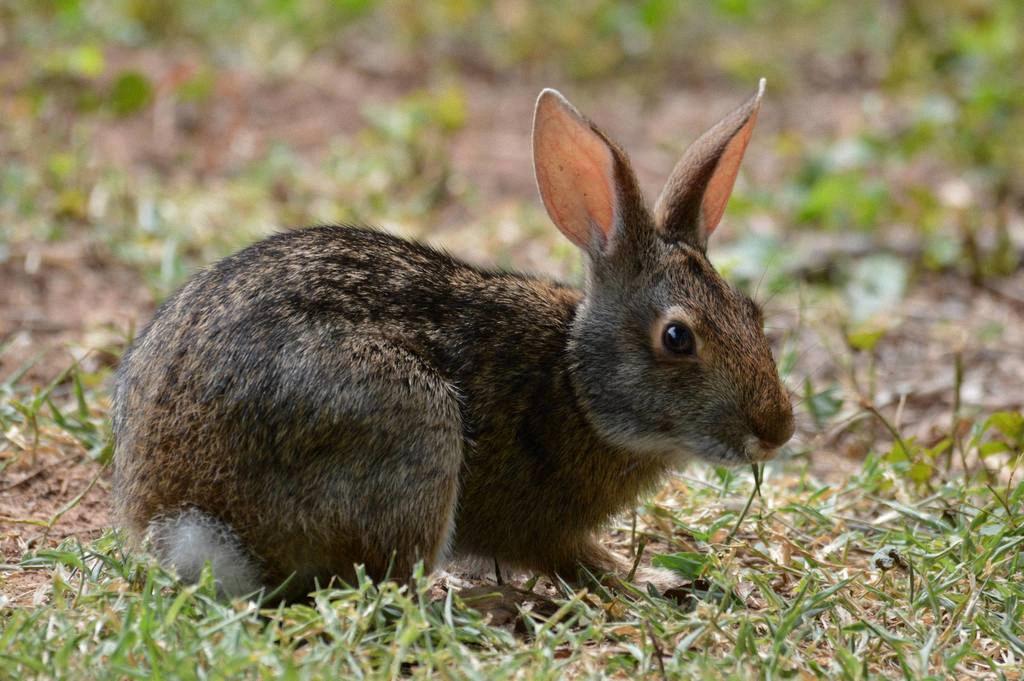
Source: inaturalist.org
Signs and Symptoms of Tularemia in Rabbits
If a rabbit has tularemia, it may exhibit some common signs and symptoms that can be used to identify the infection. These include swollen and painful lymph glands, skin ulcers, inflamed eyes, sore throat, mouth sores, diarrhea, pneumonia, and sudden fever. If a rabbit is displaying any of these signs or symptoms, or if you suspect that the animal may have been exposed to the Francisella tularensis bacteria, it is important to take the animal for veterinary care for testing and diagnosis as soon as possible.
Conclusion
In conclusion, the swamp rabbit is a unique species of cottontail characterized by its larger size, smaller and rounder ears, coarser fur with a yellow cast, and adaptations to avoid predators. It is hunted for fur, meat, and sport and is the second-most commonly hunted rabbit in the United States. With its impressive abilities and interesting behavior, the swamp rabbit is an important part of the southeastern United States ecosystem.

